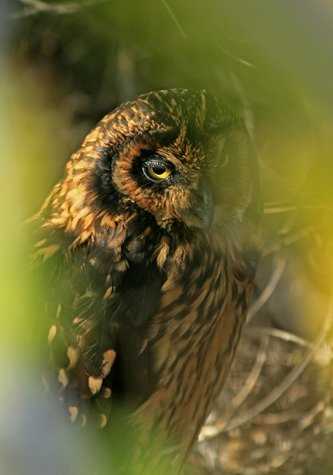Our last full day in the Galapagos will be spent on the spectacular northern island of Genovesa, also known by the English name of Tower, one of the most pristine islands in the archipelago. This will represent an overwhelming seabird experience. From frigate birds, red-footed boobies, Nazca boobies and swallow-tailed gulls to storm petrels and tropicbirds, this low, brushy island serves as a beacon to winged ocean wanderers.
Early in the morning we will be entering a narrow, shallow underwater channel into the bay, a huge submerged caldera of this ancient dormant volcano, with bird calls everywhere. To get in the caldera the National Geographic Islander must line up with two navigation marks on land for direction.
After a wet landing at Darwin Bay we headed out for a hike on a sandy path and also a rocky one, with fabulous wildlife at every step, sea lions barking and others resting on the beach, red-footed boobies nesting, flying, incubating, and more ceremonies.
Just on the sand nests the only nocturnal sea gull on earth, the swallow-tailed gull. Many chicks were there being fed and carefully attended to by their parents. Their large eyes with some infrared are just beautiful and help them to find food in the dark.
After the hike we came on board just to get changed for the next outing, snorkeling. The water is so rich in underwater life that this is such a privilege. Sea lions in the water as well as on land watched us go, as well as timid fur seals, turtles, and many different types of fish.
The afternoon site was reached by Zodiac, following the steep walls of Darwin Bay to the far side where tropicbirds and other nesting seabirds, as well as Galapagos fur seals, may be seen. The landing site here is known as Prince Philip's Steps, named after the Duke of Edinburgh’s visit in the 1960’s.
The trail leads those adventurous among us for a steep climb up a narrow fissure to the cliff top (about 90ft in elevation), for a lovely hike along fairly level terrain, although the surface of old, cracked lava roughly flat! We followed the trail through a Palo Santo forest to a storm petrel colony, passing boobies and frigates along the way. We got to see the amazing short-eared owl out in the daylight, ready to for hunt. It’s fair to say that this bird has developed a diurnal eating habit from the lack of competition, the only competitor being, perhaps, the Galapagos Hawk.







